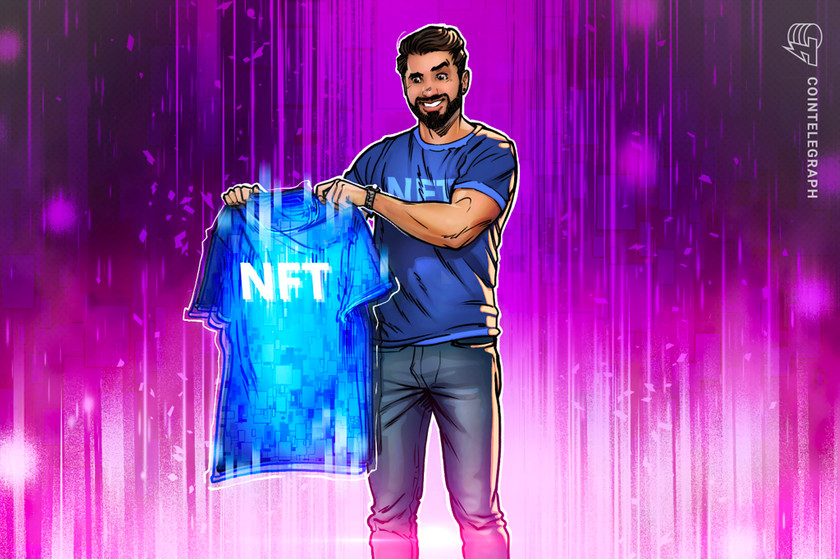On top of the community experience, phygital NFTs also help build traceability into a product that is being sold to a customer. The history of the product and its providence can add credibility and commercial value to a physical good.
Community experience is just one big use case of phygital NFTs. Considering nonfungible tokens are authentic and tamper-proof, any person buying phygital NFTs can trace the evolution of the goods they buy right from the person who purchased them first. This helps build authenticity and trust, one of the cornerstones of economic transactions.
Thanks to traceability, phygital NFTs can also help with countering counterfeit products in the market, leading to original goods being sold. Finally, phygital nonfungible tokens create more collaboration and are a means for artists to monetize their skills. For instance, artists can monetize their work on Felt Zine by collaborating with a brand, such as Givenchy, to create branded content for the brand’s advertising and marketing campaigns.
This may entail producing fresh photographs, artwork or other visual materials that highlight the Givenchy brand or products. The artist may be compensated for their work in the form of a fee, royalties or a cut of sales proceeds from any products that incorporate their work. The artist may also gain visibility and acknowledgement for their work, which can strengthen their personal brand and attract new business opportunities for them to profit from their art.
This new technology has unearthed a few ways of collaboration across creators, developers, brands and their consumers using Web3 design fundamentals.
Click Here to Read the Full Original Article at Cointelegraph.com News…
























